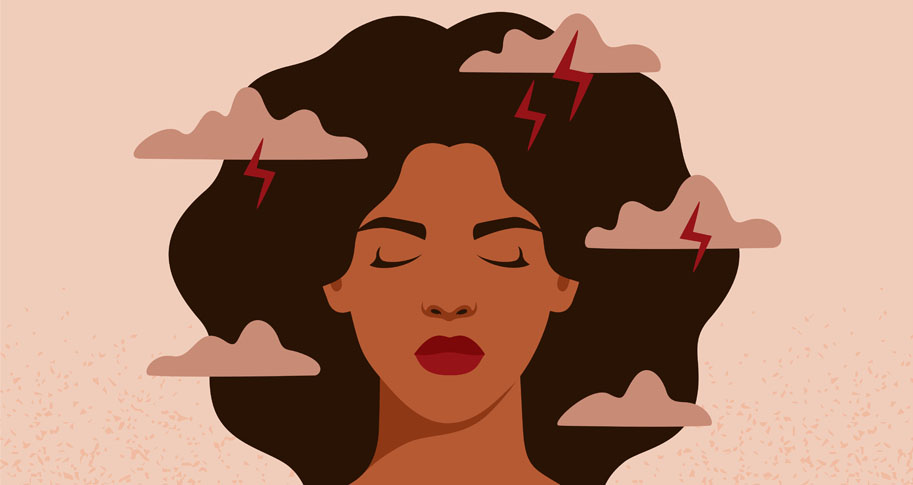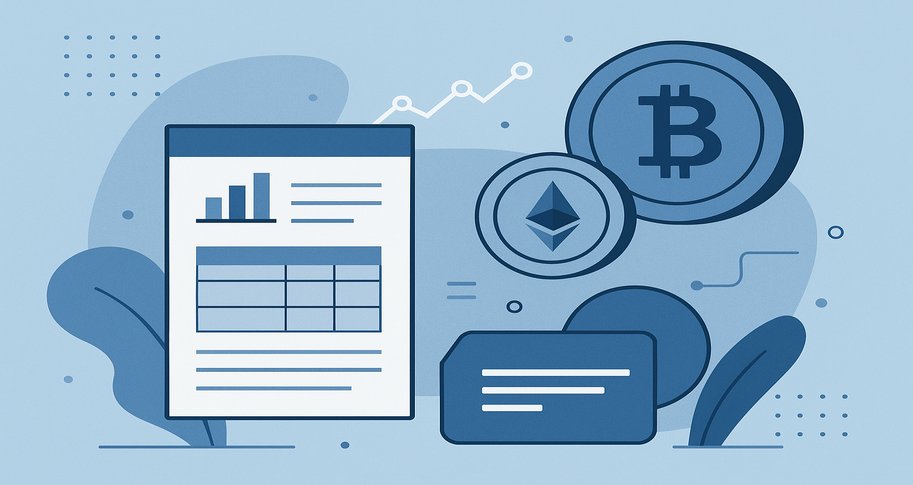
We talk about tension like it’s a bad thing. Maybe it’s just about stretching. Stretching
and being able to hold different points of view at the same time. Leading and following.
Glass half full, glass half empty. Literal and exaggerated. Rapid fire versus slow
and methodical. Push and pull. Inputs and outputs. Individual knowledge compared
to collective knowledge. Consonance and dissonance. Inhale, exhale.
There’s tension all around us. All the time. So maybe it’s not a problem to solve
but rather a stretch to manage.
Take the epic love story for example. Romance novels are often written in a dual
point of view format allowing for plenty of push and pull between the lovers. There
are even juxtaposing views on the quest to reunite with our loved one: “absence makes
the heart grow fonder” is the belief that time apart is good for us, whereas “out
of sight, out of mind” supposes that being separated from each other is disastrous.
It’s the tension in the journey to winning true love that compels the reader to devour
hundreds of pages as they anticipate the happily ever after.
There’s plenty of tension in innovation, particularly when using human-centered design
principles. Think of a Venn diagram with the overlapping competing components of
customer desirability, technical feasibility and business viability. Thousands of
data points might be analyzed and reconciled before the product or service makes it
to market in a way that best supports each interlocking interest. It’s the tension
of the overlap that drives the innovative mindset.
The Tour de France is a spectacular example of tension. The legendary event dates
back to 1903 and brings together the greatest cyclists from around the world. It’s
2,200 grueling miles over 21 stages that include time trials, routes over ancient
cobblestones, and mountain climbs of the Alps and the Pyrenees. Highly skilled riders
specialize in roles known as sprinters, climbers, time-trialers, puncheurs and domestiques.
Globally we live-stream the event at all hours of the day and night to watch riders
compete – or worse, crash. We cheer for the breakaway riders and marvel at the pulse
of the peloton. For the cycling world it’s the most iconic event illustrating the
thrill of victory and agony of defeat. Race, eat, recover, repeat is the mantra for
176 starting riders each year trying to make a name for themselves and their team.
The entire event is a strategic masterpiece – competing for time, points and jerseys
- and is fraught with nothing but tension.
Music lives in the conflict between consonance and dissonance. Consonance is harmonious
and pleasing to the ear while dissonance – notes that do not sound like they go together
– makes a jarring, harsh, and unpleasant sound sensation. Dissonance sounds create
unrest and composers use this disharmony to lend music a “sense of urgency.” In most
musical scores, the tension will be resolved in a few short measures after the tension
is felt. So why create a tension that needs to be resolved? Because it forces you
to listen differently and experience the music more viscerally.
Finally, there’s popularity and singularity. Perhaps the toughest, most visceral
internal tension of all is the human desire to both fit in and to stand out. I think
most of our social ills come from living in a constant state of tension and we naturally
want to see that friction resolved. While we may not know how to immediately do that,
the tension – the push and pull, the overlap, the competition, the dissonance – forces
us to pay attention and engage differently. And that can’t always be a bad thing.
There’s tension everywhere. It’s never going away. Embrace the s t r e t c h.
Ancora Imparo… (Still, I am learning)





